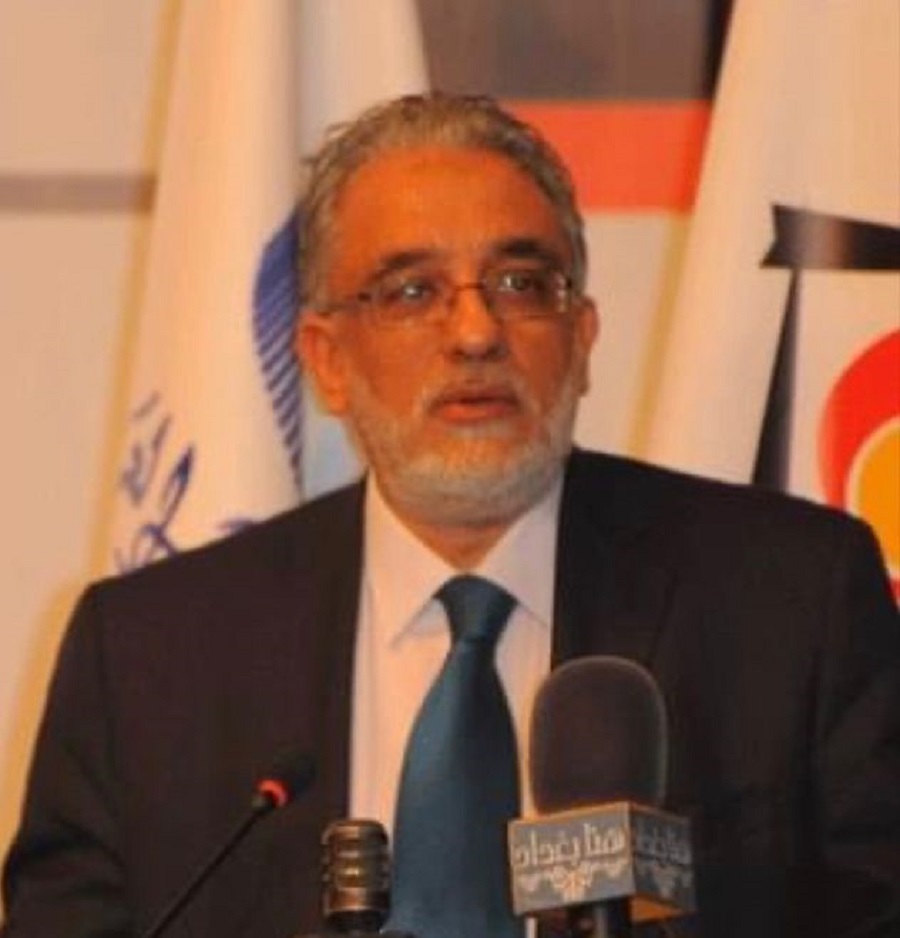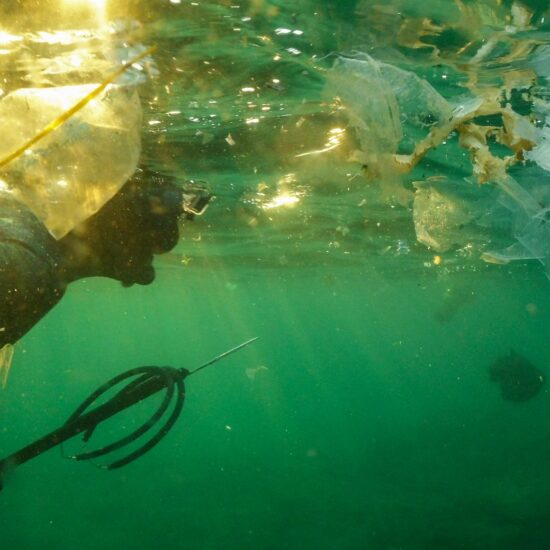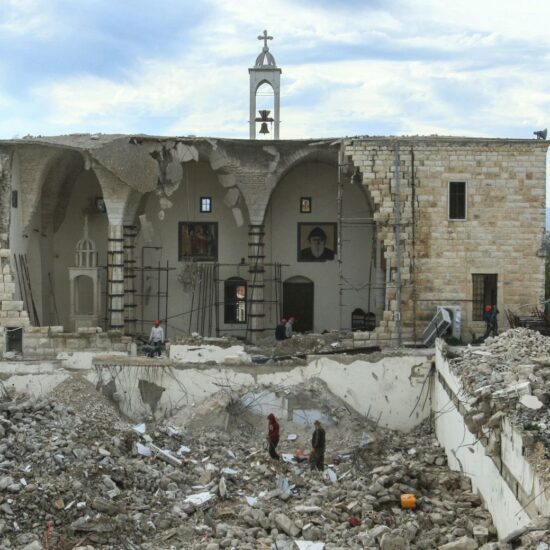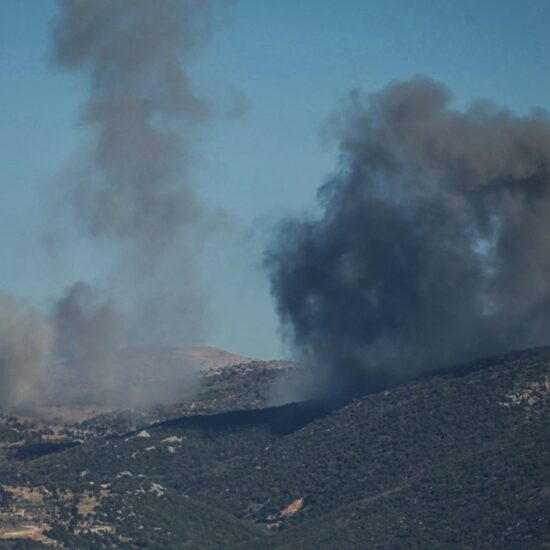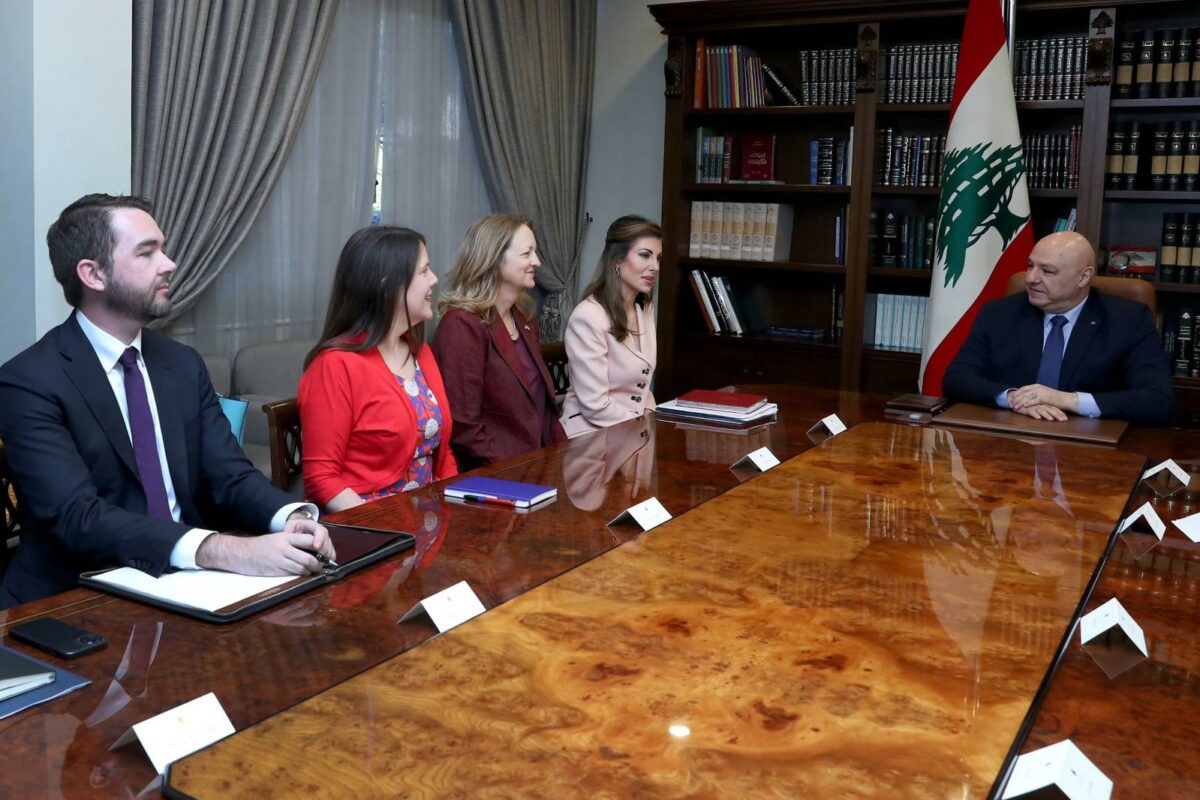
Is Lebanon IMF relationship put under doubt? Lebanon’s relationship with the International Monetary Fund has a long history dated back to the 1950s. Since Lebanon was among the first countries to join the IMF, it benefited from the liberal policies advocated by the Fund. In 1951, the IMF approved its first Stand-By Arrangement with Lebanon and its second one in 1974, prior to the civil war. The Fund envisaged the first two schemes as part of temporary support for a benign macroeconomic and external environment, on the condition that Lebanon would monitor closely the effects of its monetary policy on rival interest rates and price stability. The IMF’s support is a new quiproquo of lebanon politics.
Morgan Ortagus, the U.S. Deputy Special Envoy for the Middle East, recently challenged the prevailing narrative in Lebanon that the International Monetary Fund (IMF) program is the sole path out of the country’s deep economic crisis. Speaking at an economic forum, Ortagus emphasized that while the IMF remains an option, it is not the only solution for Lebanon’s recovery. Her remarks implicitly critique Lebanon’s limited reform vision, which often treats the IMF program as the only viable framework for recovery. By framing the IMF as one option among others, she calls for a more diversified strategy that includes attracting foreign investment and expanding economic opportunities beyond conditional bailout programs.
As of October 2022, the Lebanese economy has yet to show real signs of recovery after collapsing in 2019, with non-zero growth being reported only from 2021 to 2022, following disastrous consecutive years in 2019 and 2020, during which the overall size of the economy shrank by around 60%. Meanwhile, the Lebanese lira has lost its exchange rate peg to the US dollar after remaining stable for over two decades. It has collapsed in value, trading at a staggering 36,000 to 40,000 to the dollar by mid-October 2022, losing over 98% of its nominal value over the last three years. By the end of 2021, the upper limit of the lira’s collapse, in terms of real purchasing power, was last observed in 1995.
Proposed bail is simply not enough
Lebanon faces a massive financial gap in reconstruction and recovery that far exceeds the support offered by the IMF. While the IMF has agreed in principle to provide Lebanon with a 46-month Extended Fund Facility worth about $3 billion, this amount is only a fraction of what the country actually needs to rebuild and recover from recent conflicts and ongoing economic collapse. According to a 2025 World Bank Rapid Damage and Needs Assessment report, Lebanon’s reconstruction and recovery needs are estimated at approximately $11 billion just to address damage from the recent conflict and economic disruptions. This includes urgent public financing requirements of $3 to $5 billion for infrastructure sectors such as energy, transport, water, and municipal services, alongside $6 to 8 billion expected from private investment. However, when considering the broader scope of Lebanon’s economic crisis—including infrastructure degradation, institutional weaknesses, and the impact of prolonged conflict—the financial gap widens dramatically. Other estimates place Lebanon’s total reconstruction and recovery needs, including structural reforms and economic stabilization, at upwards of $120 billion to restore basic services, rebuild infrastructure, and revive economic growth.
This stark disparity highlights the challenge Lebanon faces: the IMF’s $3 billion facility, while important, is insufficient to meet the scale of Lebanon’s recovery needs. Bridging this gap will require substantial international aid, private investment, and a credible reform agenda to restore confidence and mobilize resources. Without addressing this enormous financial shortfall, Lebanon risks prolonging its economic crisis and undermining prospects for sustainable reconstruction and development.
Ortagus articulated a broader vision in which Lebanon could potentially wean itself off IMF dependency by transforming into an attractive destination for investment. She highlighted the possibility of leveraging private capital to finance Lebanon’s recovery, thereby avoiding further accumulation of sovereign debt. This approach requires Lebanon to create a conducive environment for investors through serious reforms and institutional strengthening.
This stance contrasts sharply with Lebanon’s current policy focus, which has long revolved around securing IMF support contingent on implementing a narrowly defined set of reforms. Despite repeated commitments, Lebanon has struggled to enact the comprehensive reforms demanded by the IMF, including banking sector restructuring, fiscal consolidation, and anti-corruption measures. The IMF itself has repeatedly criticized Lebanon for delays and insufficient progress, warning that failure to act could have irreversible economic and social consequences. Furthermore, Ortagus underscored the importance of political will and governance reforms, warning that slowing reform efforts would jeopardize Lebanon’s international partnerships, particularly with the United States. She stressed that Lebanon’s future depends not only on passing legislation but on demonstrating genuine commitment to transparency, accountability, and state authority. A real wakeup call for removing the blind spot.
Historical Overview of IMF Aid to Lebanon
Lebanon’s relationship with the International Monetary Fund has a long history dated back to the 1950s. Since Lebanon was among the first countries to join the IMF, it benefited from the liberal policies advocated by the Fund. In 1951, the IMF approved its first Stand-By Arrangement with Lebanon and its second one in 1974, prior to the civil war. The Fund envisaged the first two schemes as part of temporary support for a benign macroeconomic and external environment, on the condition that Lebanon would monitor closely the effects of its monetary policy on rival interest rates and price stability. The IMF’s support during 1951-1974 was in an advisory, rather than financial assistance capacity, since Lebanon managed to balance well its fiscal and external accounts to avoid disturbance. Moreover, the IMF was partial to Lebanon in terms of lifting its post-war quota, allowing it to access the Fund’s resources on nonconcessional terms easily.
The Lebanese civil war disrupted the macroeconomic environment, generating large current account deficits and morbid fiscal imbalances. In the early 1980s, the appeal for assistance from the Fund increased as several external shocks caused a deterioration in the country’s financial indicators, leading Lebanon to seek a first Extended Fund Facility arrangement with the IMF in 1986. The relationship started inauspiciously when the first disbursement had to be delayed for over a year because of lack of progress in implementation. The end of the Lebanese war in 1990 ushered in a second phase in Lebanon’s incorporation into the IMF. The IMF’s relentless demand for institutional reforms and its insistence on closing the fiscal gap along with the shadow economy attributed to an undisciplined monetary policy worsened the recession in the 1990s. Eventually, GDP growth resumed in 1997. The pre-premature-pegging induced serious macroeconomic distortions, including a near doubling of public debt, the diversion of a third of Government revenues to interest payments, with the tight monetary policy becoming the main instrument of economic policy to stabilize the economy.
Effectiveness of IMF Programs in Lebanon
Despite an evolving, and largely successful, bilateral assistance relationship, Lebanon’s experience is one of unsuccessful stabilization. The objective of this chapter is therefore to take a closer look at Lebanon’s experience by asking first why we have no recorded stabiles during Lebanon’s long-lasting recent history of civil strife? And, second, could the programs have been more effectively designed to help Lebanon come out of the quagmire?
Economic Indicators Pre- and Post-IMF Programs
The negative consensus regarding the effectiveness of IMF programs on economic performance is further corroborated by previous work on Lebanon outside the IMF. They conclude that the program’s 1992 objectives were inconsistent with Lebanon’s short-term cyclical realities. They argue that attempted fiscal consolidation at a time of an expanding deficit fueled higher inflation and political instability – making it impossible to conclude peace without first reviving growth and creating jobs. Moreover, it could be hazardous to try to solve Lebanon’s postwar structural problems solely by the implementation of overshooting fiscal stabilization when the economy is stagnant or shrinking. The remarkable acceleration in inflation mentioned above was interpreted either as a symptom of economic collapse or civil unrest pressure, as was publicly shown in January 1992 with the conflagration of debris burning protests. In summary, the vision in highlighting fiscal consolidation as the focal antidote to the Lebanese postwar upheavals ignores the financial roots of the crisis, which were buried under an airy accumulation of unsustainable public debt and planting Beirut’s economy six feet under to account for the failure to contain inflationary pressures.
It is indeed possible that the negative social impact of IMF programs, especially on poverty reduction, economy activity, and social infrastructure improvement would only be magnified in a specific case like Lebanon – where with a poverty rate backlog of 30 percent and a painful reconstruction open wound, macroeconomic stabilization would surge as a foreign implanted state antagonize private economic activity through excessive and uneven public needs. It is clear that real GDP was dropping for a relatively long-time period following the signing of Lebanon’s initial IMF agreement in 1993, and only began a very low positive recovery (with some back-and-forth) in 1997 until the macroeconomic crisis hit in 2000, where again it entered a low negative or flat growth period until 2006. So, in examining the growth impact of IMF programs in Lebanon, we highlight the devastating political shocks and deteriorating internal political climates (civil unrest) from the wine show period onwards – that may in fact have overrun all short-step domestic macroeconomic activity supportive logic from any kind of IMF interventionist activity.
Lessons from Other Countries
In fact, Lebanon is not particularly well positioned for a share-everybody’s-pain austerity drive, without alternative reserves to lift demand up when it collapses. Austerity applied to an economy as devastated as Lebanon’s, with the already existing oversupply in the region’s agricultural products, and tourism services, capitalizing on the existence of unused reserves in both is, however, bound to sink the economy further into recession. Such economies can only be made to recover by the encouragement of a population increase, mainly through immigration, which would require a certain readiness from the state to look after people’s needs during a transition period. This was the pattern adopted by certain countries during the first wave of significant regional unrest: external assistance to weather the storm.
Lebanon could consider the development of the following characteristics based on some successful emerging economy models to avoid an IMF program such as closing the financing gap via a budget surplus defended by measures that support aggregate demand; reconduct the debt-to-GDP ratios towards a descending trajectory; rebuilding a well-capitalized and effective financial system which is not based on unjust interest rates, but on directing savings towards productive investments and not negative money creations; conducive pro-business monetary policy to not penalize the taking of investments risks; state-initiated economic reshaping supported by entities not far away from privatization and under collective private partnerships; a hesitation-to-devaluation exchange rate policy supported until the restoration of public sector finances; to see with the advanced technical countries, which have benefited from Lebanon during the golden age, the material and technological partnerships; regional and international development something misused in the previous public finance policies entering with small prices dumping.) that we add the available services of a qualitative level which attract the flows of foreign investments and that guarantee the job.
Maan Barazy is an economist and founder and president of the National Council of Entrepreneurship and Innovation. He tweets @maanbarazy
The views in this story reflect those of the author alone and do not necessarily reflect the beliefs of NOW


